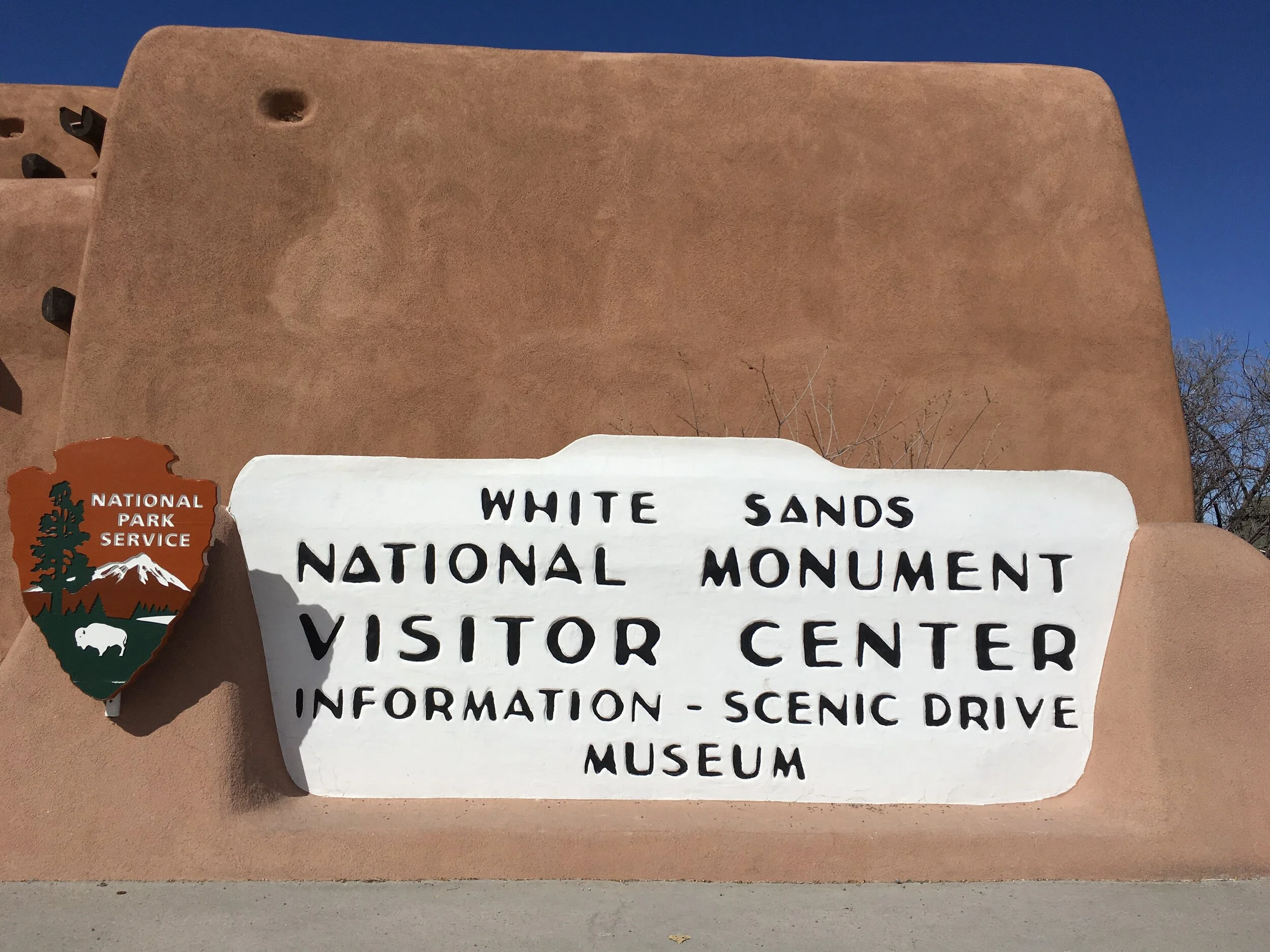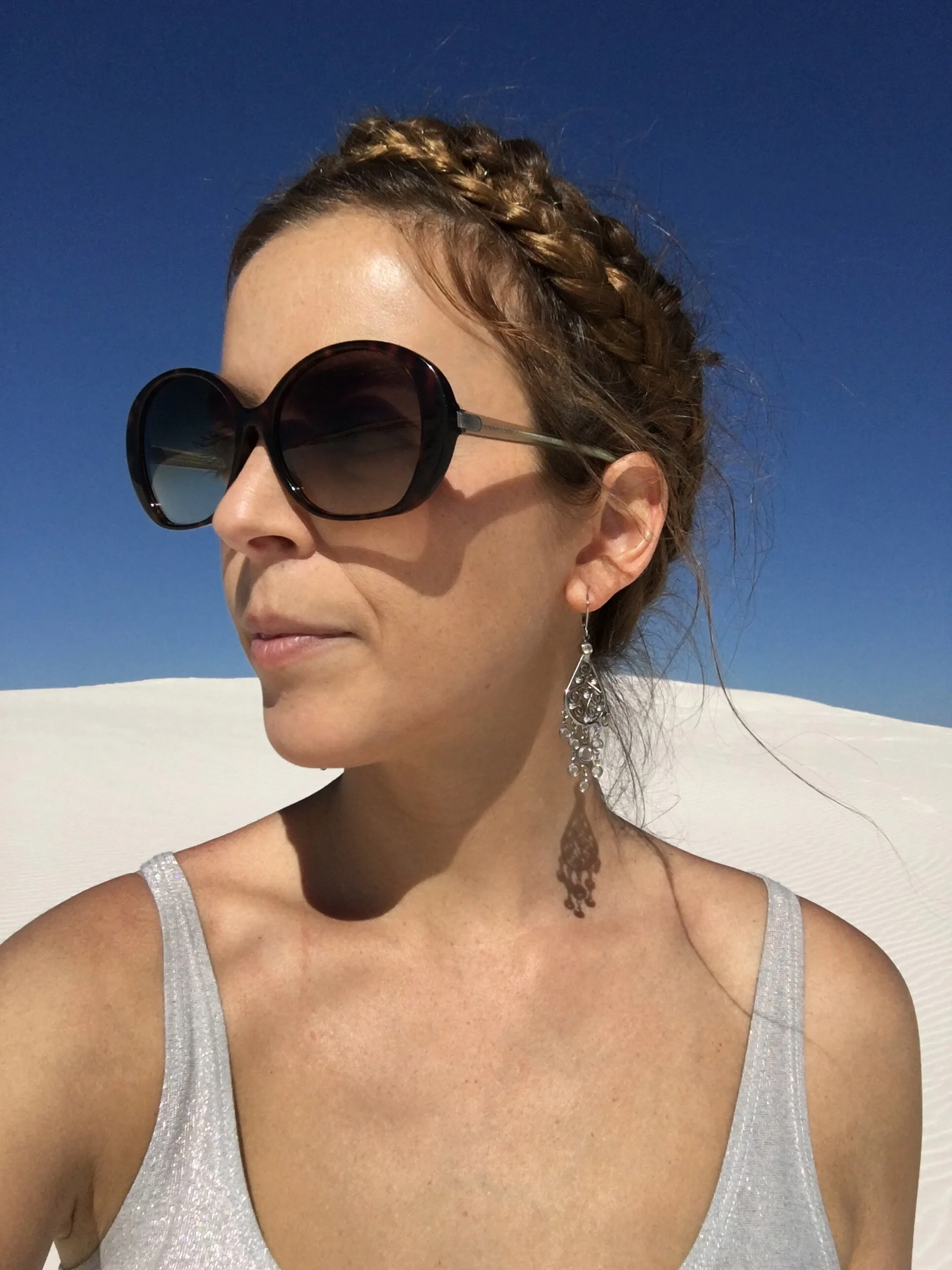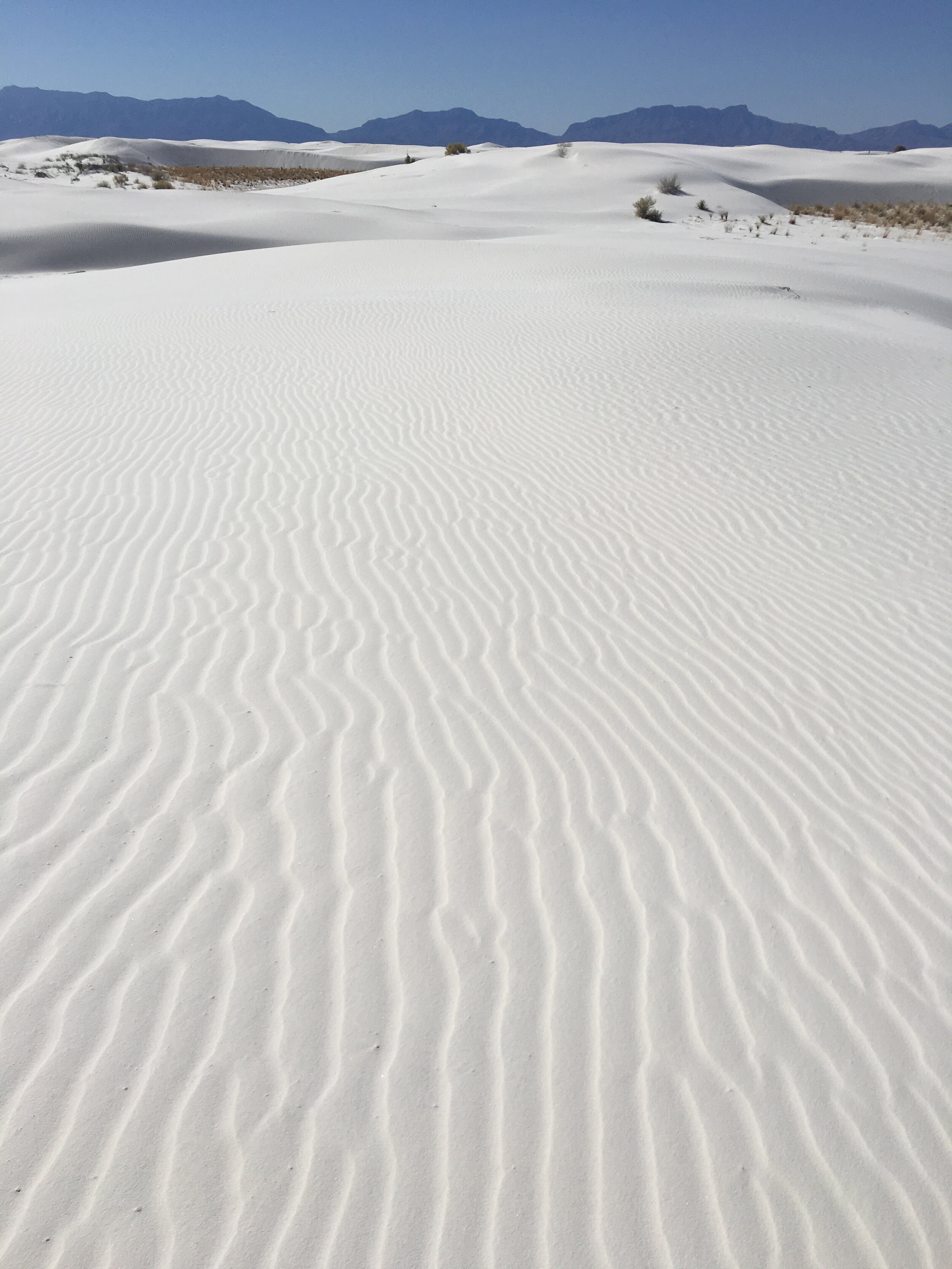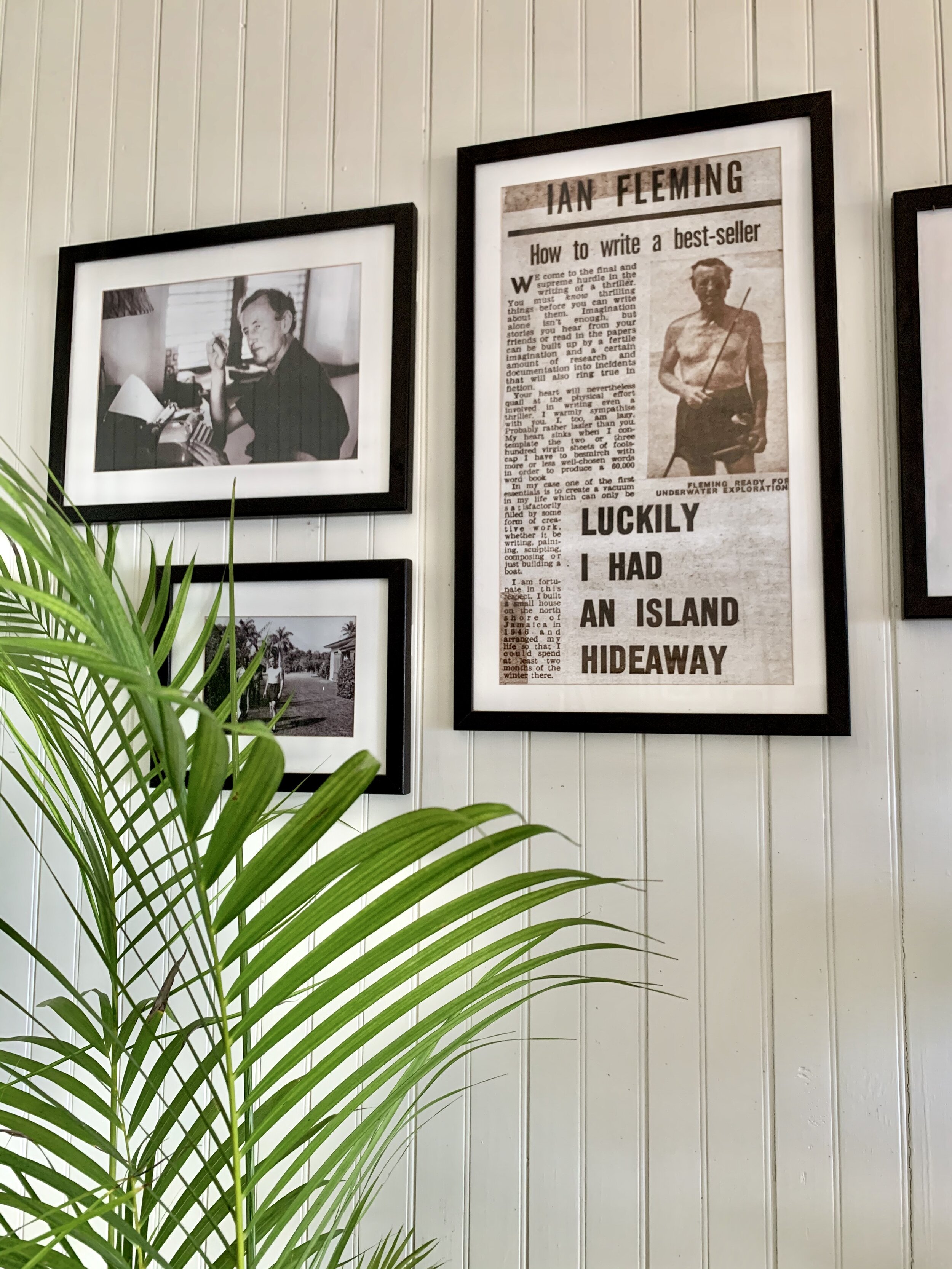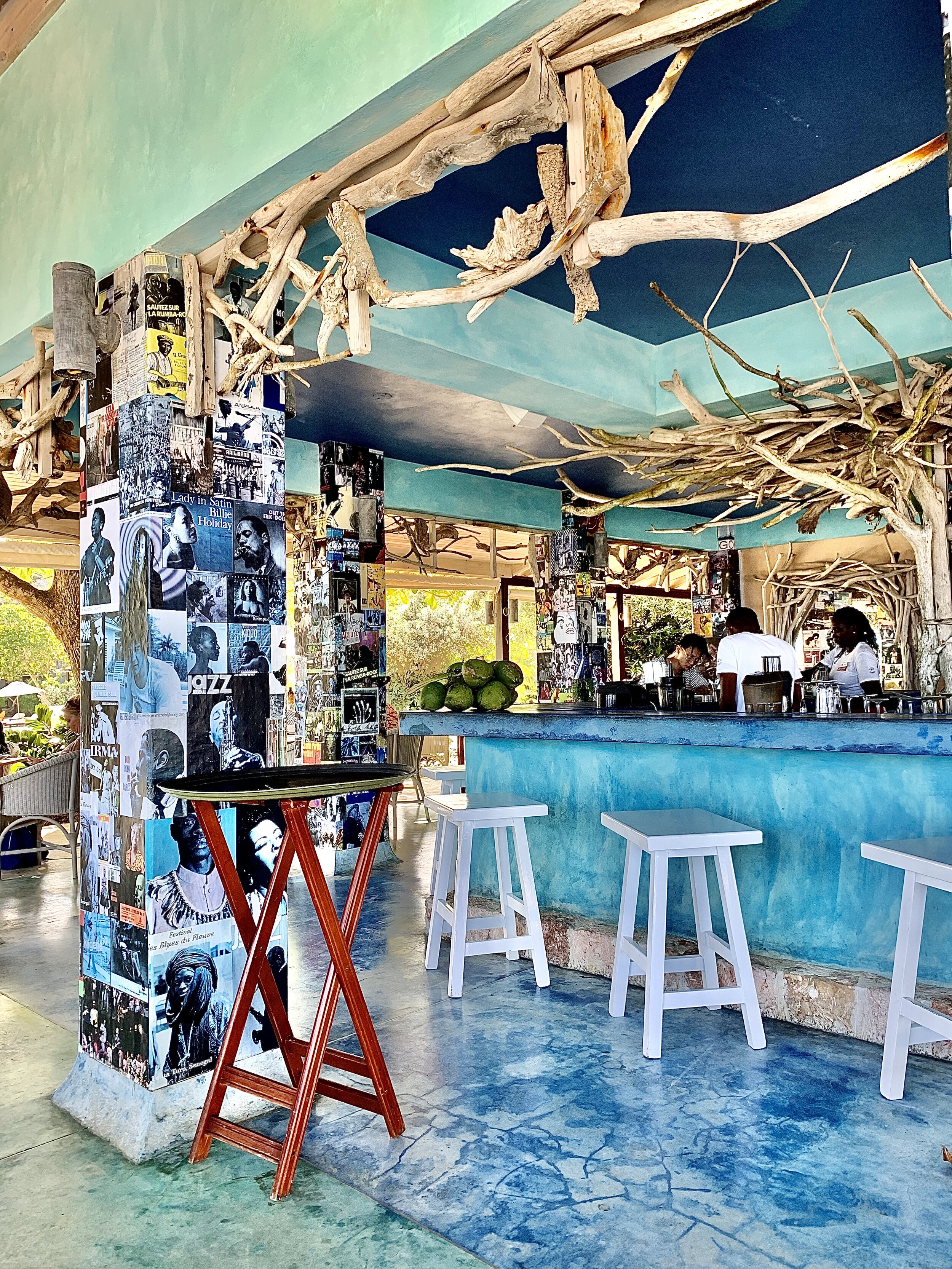New Mexico is the stuff that road trip dreams are made of. Long stretches of lunar-like landscapes with distant peaks that always feel slightly out of reach, the kind of warm heat that you want to sink into and stay in a while. It’s a place for the adventurous, yes, but also the laid-back. Perfect for a solitary long weekend or a weeklong trip with a friend or partner.
White Sands National Park
White Sands National Park visitor center
I started my trip in Albuquerque, which in pre-covid, fairytale times was serviced by daily nonstop flights on Jetblue from JFK. While the state has started opening up, not all parks are yet open, so be sure to check status before heading out. I drove south from Albuquerque, towards White Sands National Park, passing by the interestingly named town of Truth or Consequences, which is also home to a number of natural hot springs, followed by a classic breakfast of eggs, bacon, and French toast at Sugies Diner in Las Cruces. I arrived at White Sands National Park in the early afternoon and explored as the sky slowly turned from bright blue to deeper purple and pink as the evening crept in and the sun slowly began to set. It’s a place you’ll want to linger, yes, and plan your return.
A selfie moment at White Sands
The sands get their white colour from gypsum crystals - the largest such dunefield on earth. Formed 7,000-10,000 years ago from selenite crystals that over time eroded into gypsum, White Sands National Park is today occasionally subject to closure, as it’s completely surrounded by the White Sands Missile Range. It’s certainly one of the most alien landscapes I’ve ever seen, and it’s easy to park your car at one of many stopping points in the park and quickly get lost in the dunes (be sure to bring plenty of water and know how to make your way back to your car). The deep blue outline of the San Andres range contrasts with the stark white wind patterns etched into the dunes, broken every so often by the thin lines of a determined desert plant. I experienced several dune stages: an initial liberating exploration marked by the sheer pleasure of running fresh tracks and rolling in the sand to feel its warmth; a secondary, more productive phase that entailed resurrecting childhood gymnastics moves; finally, a contemplative phase during which I sat in place, jotting down stray thoughts and having deeper conversations with friends and family in faraway places over the phone.
White Sands National Park
White Sands National Park
White Sands National Park
I would happily have lingered longer, but I’d booked a motel just outside Carlsbad for the night, and a longer drive through the Lincoln National Forest (during which it snowed!) still awaited me. I’d recommend staying in the area if you’ve got more time, but I really enjoyed arriving to Carlsbad Caverns National Park the next morning just before opening, which allowed me to be the first person to enter that day. Combined with a New York City walking speed, this meant I had a good 15-20 minutes alone in the depths of the caverns before any other visitors caught up to interrupt the slow dripping sounds echoing within the cave system. Much of the system is inaccessible to visitors, and the open part unfortunately has ropes and clearly-marked walking paths, which take away from what otherwise might feel closer to nature. It’s still very much worth a visit, especially if you can get there before the crowds.
Stalagmites and stalactites at Carlsbad Caverns National Park
Carlsbad Caverns National Park
Driving north towards Santa Fe, I passed by Roswell, whose claim to fame is the “UFO” crash in 1947 (the UFO in question was actually a U.S. Air Force weather balloon), and which now houses a UFO museum and research center. As I approached Vaughn, the landscape became increasingly desolate, with an occasional shuttered gas station or motel that appeared to date back to the 1950s. It’s the kind of place where time has stopped, and most people simply pass through, but as I think back on my trip, those memories of the afternoon desert sun shining on a place fallen out of favour linger.
Musicians in downtown Santa Fe
Kakawa Chocolate House, Santa Fe
I reached Santa Fe in the early evening, checking in to the Drury Plaza Hotel, for which I’d found an amazing rate online. It was a bit too chilly to use the rooftop pool, but I happily settled by the roaring fireplace in the lounge with a complimentary gin & tonic and light bites from the hotel’s free daily happy hour. Afterwards, I strolled through town, stumbling upon some live music, and picking up snacks and wine at La Casa Sena wine shop. I also enjoyed sampling some of Gruet’s delicious sparkling wines at their Santa Fe tasting room, and for dessert, Kakawa Chocolate house is unbeatable. Their hot chocolate elixir is some of the best I’ve ever had, and it’s impossible to leave without sampling some of their handmade chocolates.
The following day, I set out early for the 2 hour drive to Taos for a day of skiing. The conditions at the mountain can be hit or miss depending on the snowfall, but the terrain is still exciting. After a few runs, I grew tired of the quaint, slow lift chairs that are in need of an upgrade - time truly does feel like it runs more slowly.
Skiing at Taos
Skiing at Taos
En route back to Santa Fe, I passed through a number of picturesque towns, including Arroyo Seco, which features a few small gift shops. Should you have more time, further west lies Carson National Forest, home to more stunning landscapes, including the area around Abiquiu, from where Georgia O’Keeffe drew inspiration. As mine was a shorter trip, I had to settle for checking out some of her art at the small but excellently curated Georgia O’Keeffe museum in downtown Santa Fe. The more I travel, the more I like to give myself a reason to go back to a place I really enjoyed to which I might not otherwise pay another visit. So, New Mexico, I’ll be back!
Where to eat & drink
Sugies Diner, Las Cruces
Gruet’s tasting room, Santa Fe
Kakawa Chocolate house, Santa Fe
La Casa Sena, Santa Fe
Where to stay
Drury Plaza Hotel, Santa Fe
Paintings at the Georgia O’Keeffe museum in Santa Fe


